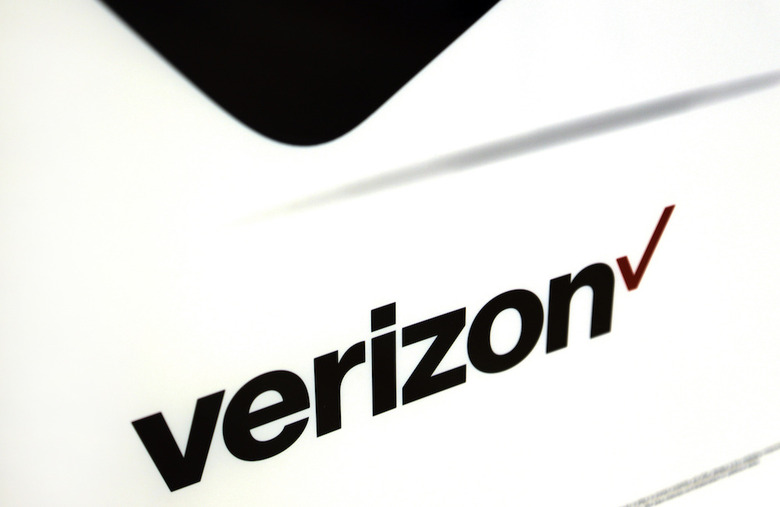Verizon Wins Another Wireless Speed Test Thanks To Its Last Real Advantage
Verizon has long had a reputation for the best service in America, with prices to match. Things are changing these days: other networks are catching up, and Verizon even has a reasonably-priced unlimited plan, which is something I thought I'd never live to see.
But some things never change, and the latest Tom's Guide network test of all the cell carriers shows why Verizon is likely to remain in first place.
The Tom's Guide test used so-called drive testing to compare average download speeds across six major US cities and nine wireless carriers. That means the testers took identical smartphones (in this case, a Galaxy S7) on each network to different locations within each city, ran side-by-side download tests, and compared the results.
Those results had Verizon comfortably in first place, and it sounds like one particular feature of Verizon's network put it there: indoor performance.
"We split the locations we tested between indoor and outdoor locations to see how being indoors affected carrier performance. Generally speaking, speeds slowed down for most carriers when we tested at indoor locations — dramatically, in some cases. The lone exception was Verizon, whose average download speeds improved during indoor testing in four of our six test cities."
It makes sense that performance takes a hit when you go indoors. Mobile data relies on your cellphone talking to a cell tower that's normally at least a couple hundred yards away. The more stuff the cell signal has to go through, the weaker the signal will be, and the slower things will download.
But not all cell signals are equal. 4G radios work on tens of different "bands," specific frequencies that each wireless carrier owns the right to use. Lower frequencies are much better at penetrating obstacles (like buildings), and also have superior range. Verizon owns more low-frequency spectrum than other wireless carriers (particularly T-Mobile and Sprint), and has owned it for longer, allowing it to build out the cell towers to actually use the lower frequency. This explains Verizon's place on top of the Tom's Guide ranking.
Times are a-changing, however. T-Mobile purchased some low-frequency 700MHz spectrum two years ago, and the government is currently in the process of auctioning off old TV spectrum in the 600MHz range to the wireless carriers. Verizon, AT&T and T-Mobile are all expected to spend billions of dollars arming themselves with spectrum for the coming years, and a big upset there could fundamentally shake up the status quo.
